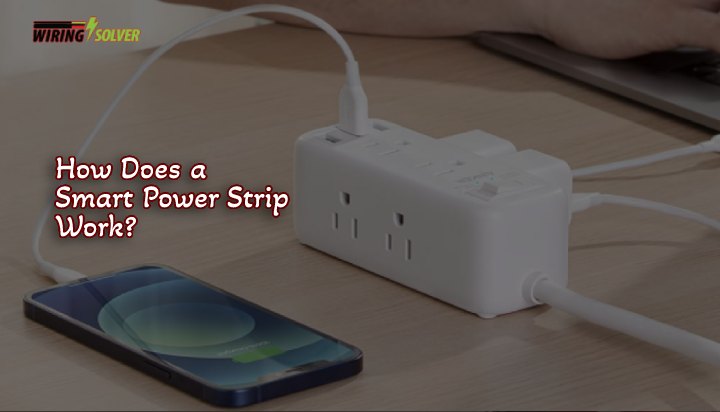In electrical engineering, the term electrical conductor or conductor of electricity is widely used. What is a conductor of electricity? A conductor of electricity is any object or type of material that allows electricity or charge to flow through them easily.
Is that it? Not at all. There’s a lot to know about electrical conductors as they come in various shapes and forms. This article will look into some points about electrical conductors and give you a primary understanding of it.

How Does An Electrical Conductor Work?
If you know about the structure of an electrical conductor, it’s easy to understand how it works. The charge in an electrical conductor is carried by electrons. The easier it is for an electron to move, the better the conducting ability.
Metallic Bonds
Metallic bonds describe a type of chemical bond where a positive metal ion is surrounded by a cloud of electrons. These electrons are delocalized, so when they receive some energy, they can move across the conductor. Metallic bonds exist in metals, which is why metals tend to be better electrical conductors.
Direction And Movement Of Electrons
Electrons in a conductor move from an area of lower voltage to an area of higher voltage. You might think that the path of an electron is simple, but there are some problems. There are numerous atoms and electrons, so traveling electrons often bump into each other. They end up slowing each other down.
This random movement won’t help us, which is why we need an external force. This gives the energy to the electrons to flow. This allows them to carry charge from one end to the other end of the conductor. This external force is an energy source like a battery.
What To Look For In Electrical Conductors
Electrical conductors are extremely important. When you’re looking to make wires or electrical machines, your choice of electrical conductors can vary. There’s a wide range of materials to choose from, some of which we’ll list and cover in this article. Before that, let’s look at some characteristics to keep in mind about your conductor.
1. Conductivity
The conductivity is a measure of how well an object or material conducts electricity. Good electrical conductors have minimal resistance, which allows electrons to flow much faster and smoother. So usually, the less resistance, the better.
1. Weight
The weight of the conductor is also important. In some applications like transmission lines, you do not want the wires to be made out of heavy material even if they conduct well. Heavier transmission wires are dangerous.
3. Malleability
Good conductors are malleable. What this means is that they can be hammered or beaten into shape. This makes them easier to work with, and thus they can be used for numerous applications.
4. High Ductile Strength
Depending on what you’re using the conductor for, it can be susceptible to physical stress. You want your conductor to have high ductile strength. This means that the conductor won’t permanently deform when subjected to physical stress. The deformation can affect the conductor’s performance.
These are some important factors that need to be taken into consideration when picking an electrical conductor. What you value will often depend on the situation itself.
Types And Examples Of Conductors
Let’s look at some common conductors of electricity. They can be categorized into several different types of conductors:
1. Metallic Conductors:
These are some of the more common conductors you will come across. This is primarily because the metal is an amazing conductor of electricity. Metals also tend to be malleable and possess high ductile strength, so they are naturally favored.
Some examples of metallic conductors include the most common one, which is copper, followed by aluminum. Steel and gold are also good conductors of electricity, but gold is expensive and isn’t used as much.
2. Non-Metallic Conductors:
Non-metals aren’t used as insulators usually because of their high resistance and so low conductivity. However, one exception is graphite, which is an allotrope of carbon that can conduct electricity.
3. Alloy Conductors:
Alloys are mixtures of different metals. Two common alloys used as electrical conductors are steel and brass. Brass is seen as a cheap alternative in certain cases, while steel is used in conjunction with other conductors.
4. Liquid Conductors:
Liquid conductors aren’t used much. Aside from water conducting electricity, mercury is also a liquid conductor.
Also Read: How Many Current Carrying Conductors In A 3 4 Conduit?
Conclusion
We hope you’ve found this article a good read and now have a better idea of what is a conductor of electricity. Conductors have a long history and a lot to know about them, so hopefully, this article has helped you find the right track to move ahead on.




![Parallel VS Series Circuit [Difference and Comparison]](https://wiringsolver.com/wp-content/uploads/2022/03/Differences-Between-Parallel-and-Series-Circuits.jpeg)

